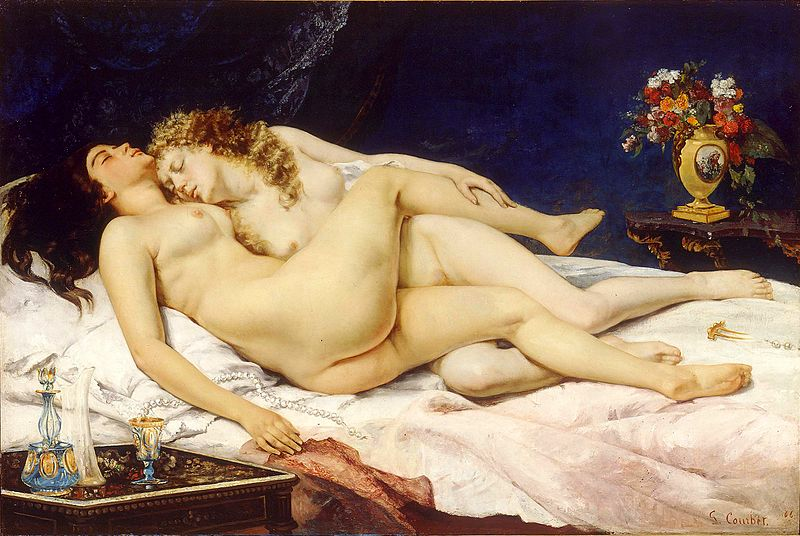As the Romanticism period dominated the first half of the 19th century, Realism dominated the second half. The name Realism itself implies the type of art, beginning as a way to paint photographically, with precise detail using the occupational pursuits of the peasants, the current rage by artists as the subject to paint. Paris transformed a medieval jumble of streets and narrow alleyways to an impressive metropolitan center with expansive streets and multi-class residences. An emerging middle class was transforming the look of Paris, and the citizens promenaded down the boulevards to shop, socialize and dine, a reflection of higher income and additional leisure time.
Realism and the Painting of Modern Life

The Royal Academy supported the age-old belief that art should be instructive, morally uplifting, refined, inspired by the Classical tradition, a good reflection of the national culture, and, above all, about beauty.
But trying to keep young nineteenth-century artists’ eyes on the past became an issue!
The world was changing rapidly and some artists wanted their work to be about their contemporary environment—about themselves and their own perceptions of life. In short, they believed that the modern era deserved to have a modern art.
The Modern Era begins with the Industrial Revolution in the late eighteenth century. Clothing, food, heat, light and sanitation are a few of the basic areas that “modernized” the nineteenth century. Transportation was faster, getting things done got easier, shopping in the new department stores became an adventure, and people developed a sense of “leisure time”—thus the entertainment businesses grew.
Paris Transformed
In Paris, the city was transformed from a medieval warren of streets to a grand urban center with wide boulevards, parks, shopping districts and multi-class dwellings (so that the division of class might be from floor to floor—the rich on the lower floors and the poor on the upper floors in one building—instead of by neighborhood).
Therefore, modern life was about social mixing, social mobility, frequent journeys from the city to the country and back, and a generally faster pace which has accelerated ever since.
How could paintings and sculptures about Classical gods and biblical stories relate to a population enchanted with this progress?
In the middle of the nineteenth century, the young artists decided that it couldn’t and shouldn’t. In 1863 the poet and art critic Charles Baudelaire published an essay entitled “The Painter of Modern Life,” which declared that the artist must be of his/her own time.
Courbet
The father of Realism was Gustave Courbet (1819-1877), a French artist from Franche-Comté, a province outside of Paris. He came to the “big city” with a large ego and a sense of mission. He met Baudelaire and other progressive thinkers within the first years of making Paris his home. Then, he set himself up as the leader for a new art: Realism—“history painting” about real life. He believed that if he could not see something, he should not paint it. He also decided that his art should have a social consciousness that would awaken the self-involved Parisian to contemporary concerns: the good, the bad and the ugly.
Le Sommeil (The Sleepers) is one of Courbet’s most controversial paintings depicting two women in suggestive entwinement on a bed of beautifully rendered textiles. Courbet used subtle coloring to define the curves of the women, one with loose, dark hair, the other with red curly hair. After Le Sommeil was displayed, many artists copied the lesbian theme, the duplication helping to lower the taboos accompanying gay relationships in Paris.

